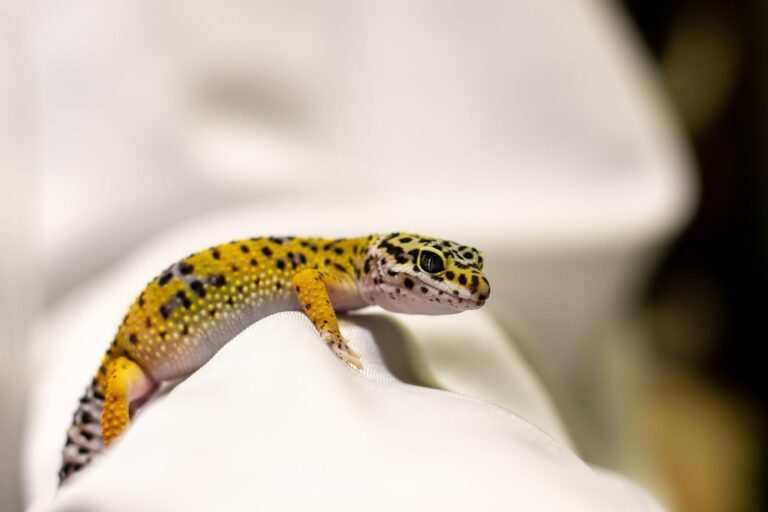Leopard geckos are becoming a common house pet nowadays. To make sure they stay healthy under your care, check out this article with detailed instructions. Leopard Geckos have become extremely popular household pets. They are docile, small, and beautiful creatures that can even be maintained in a small apartment.
However, Leopard Geckos are a commitment. Out in the wild, they can fend for themselves, hunt for food, and are naturally resilient. But when they are in captivity, it is the owner’s responsibility to provide proper care. That is why we did our research and noted down all the information necessary to take care of a Leopard Gecko.
5 Interesting Facts About Leopard Geckos
Apart from their cute appearance, here are some fascinating facts about Leopard Geckos you should know:
1. Leopard Geckos can live up to 20 years.
2. They can grow up to 25 cm or 10 inches in length.
3. They are nocturnal creatures and live in semi-arid deserts in the wild.
4. Leopard Geckos do not have sticky toes and fingers like regular geckos. And can not climb up vertical surfaces.
5. They have unique outer eyelids and ears, which are uncommon among other gecko species.
How Much Do Leopard Geckos Cost
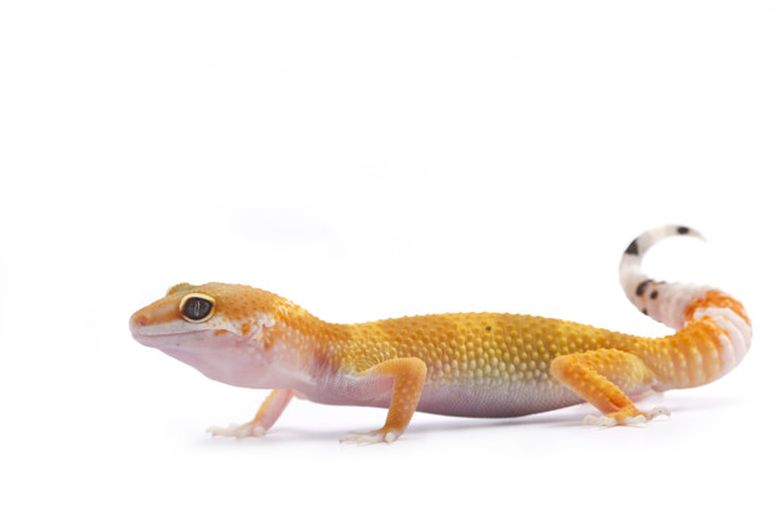
An average Leopard Gecko can cost around $50, but there are morphed ones that can be as expensive as $500-$3000. You do not need to spend a lot of money on their housing and diet. Leopard Geckos are insectivores and can eat mealworms, black fly larvae, dubia roaches, hornworms, etc. According to Topflightdubia, Dubia roaches are the only uncommon insects on the list but don’t worry, you can find Dubia Roaches For Sale on authentic online pet stores.
Physical Appearance
Leopard Geckos have a tiny head, like the Crested Geckos. They have a long body and a segmented tail. They have extended claws and adults can weigh up to 90 lbs.
The lizards usually have tangerine, yellow, white with black, lavender or chocolate spots. There are some leopard geckos with albino and melanistic features, but those are uncommon. They also shed more than other species of geckos to stay undetected from predators.
How to Take Care of Your Leopard Gecko
Here are some important facts to ensure proper care of your Leopard Gecko:
1. Create a Living Space
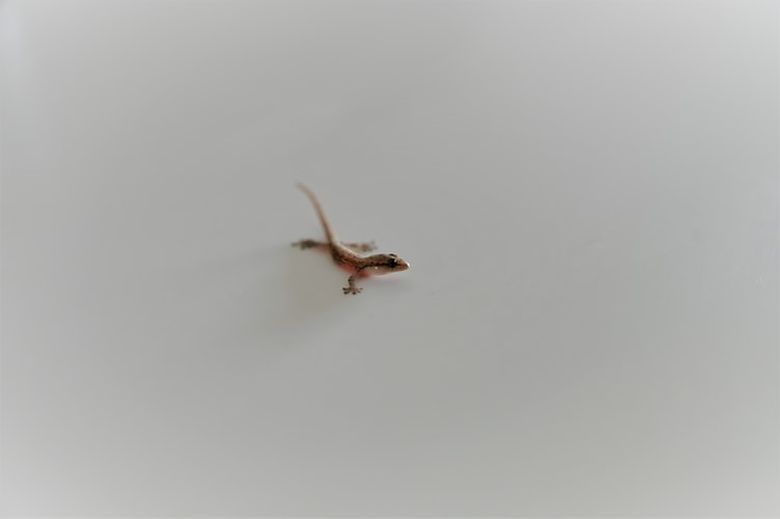
For an adult Leopard Gecko, you will need a 20-gallon vivarium. There are different types of vivariums, but wooden or glass ones are perfect for small lizards. Even if you have a baby gecko, get the same vivarium. If you want an enclosure for your geckos to breed, you will need a 40-gallon vivarium, but make sure the geckos have separate hideout areas.
The vivarium needs to have at least three hideouts that are dark, snug, and can perfectly house an adult gecko. You can put some sphagnum moss or coconut fiber to create humidity chambers to help with the shedding process.
You should place the hideouts at different spots. One can be on the surface of the cage and another one in an elevated space. Lastly, add some small rocks, non-toxic plants, and branches to create a natural environment.
2. Ensure Proper Feeding
Leopard geckos are insectivores. Their diet should include wax worms, mealworms, crickets, and dubia roaches. These should be fed in moderation. Meaning, you should not feed them only one type of an insect for a long time.
The young geckos need to be fed every day. You may even have to feed them several crickets in a single day. Adults are more resilient and can be fed only 3 times a week. The insects may not have all the necessary nutritious ingredients, so it is best to gut-load the insects 24 hours prior to feeding them to your gecko.
Coat your insects with vitamin D3 or Calcium supplements. Put the insects in a ziplock bag with a powder supplement inside. Shake them properly to make sure the insects get covered with the powder. Young and baby geckos will need supplements in every feeding. Adults will be fine with just one supplement feeding every 2-3 days.
3. Provide Heat and Light
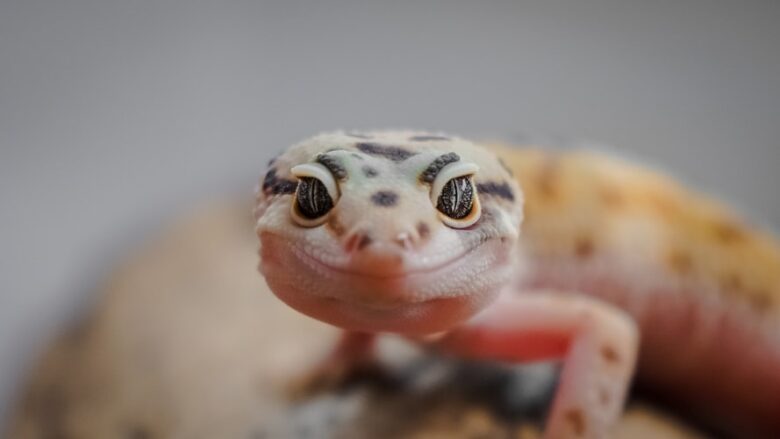
Use an under-tank heating pad to provide heat for the gecko. Instead of heating the entire enclosure, heat one end of the cage. This creates a temperature variation which is good for the gecko. Do not use heat rocks because they can get too hot and might accidentally burn the gecko. The ideal temperature of the hideouts should be around 90 degrees Fahrenheit.
For lighting, use UVA or UVB light with a low watt. Place it in the top right or left corner of the enclosure and keep it on for at least twelve hours a day. They do not need light in the nighttime, as they are nocturnal.
4. Provide a Comfortable Substrate
Substrates are used on the bottom surface of the enclosure. It soaks everything including spilled water, food, and excretes. Sand substrates are hazardous as the geckos might ingest the sand and suffer from intestinal blockage. Wood shavings are also bad as they may hurt the gecko’s feet. Use paper or reptile carpets as substrate. Paper can absorb well and change easily. Paper substrates need to be changed every week. Reptile carpets need to be deep cleaned with bleach every month and spot-cleaned daily.
5. Learn About Common Diseases
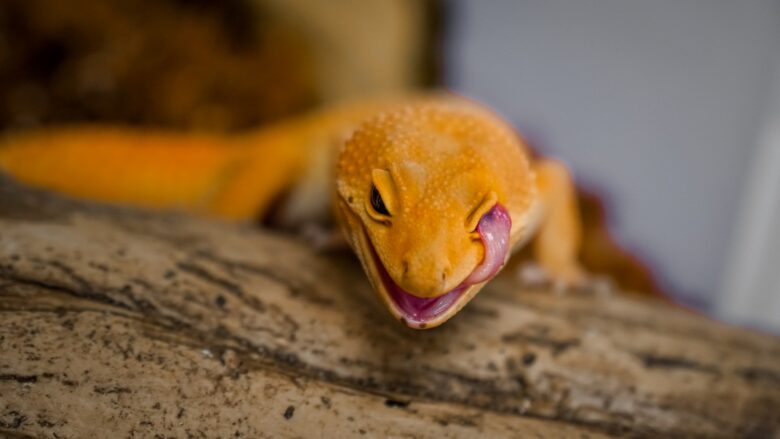
Metabolic bone disease is common and deadly to Leopard Geckos. This happens due to a lack of vitamin D and calcium. This causes deformation in the limbs and spine. If you see armpit bubbles, do not worry. This occurs when the gecko is gaining weight quickly. The bubbles comprise fat, calcium, protein, and vitamin. These will go away after you get the gecko back to its natural weight.
Another common disease is gastroenteritis, a bacterial infection. The symptoms are shrunken tails and watery stools.If your gecko is malnourished or does not have enough moisture in the enclosure, it will suffer from dysecdysis. This affects the gecko’s ability to shed and causes dry skin. Leopard Geckos are prone to respiratory infections. The common signs are mucus or bubbles around the mouth and nasal passages.
If you notice any of these signs, take the gecko immediately to a vet experienced in reptile care.
How to Choose the Right Leopard Gecko
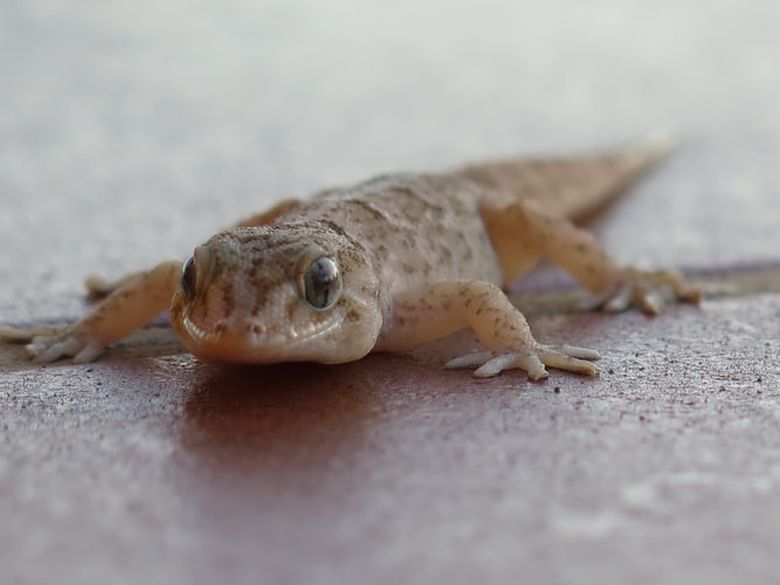
Leopard Geckos can live a long life if you take proper care of them. They can be found easily, but make sure to buy from a reputable breeder. You can find one online or in a pet show or expo. When choosing the gecko, look at the tail to see if it is fat and plump. Check if the mouth, nose, and eyes are clean. The gecko also should not look swollen.
Final Thoughts
Leopard Geckos are a commitment. You do not need to supervise them every moment of the day, but make sure you can spare some time every day to look after them. The husbandry and maintenance are quite easy and so is their feeding requirement. Be gentle with them, and they will happily crawl onto your lap.

